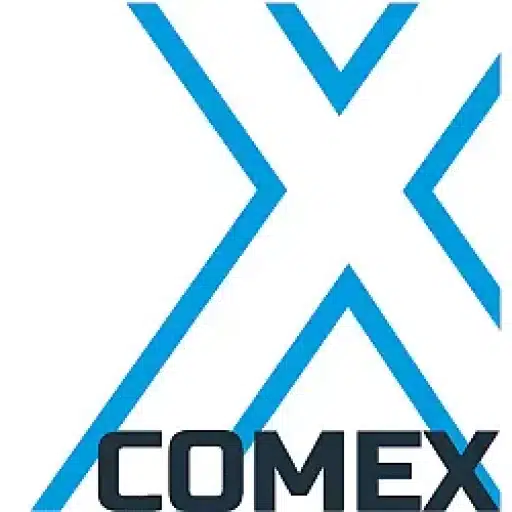+31 (0)43 30 88 400 | office@comex.eu

Prepare data migration properly
Data migration always has a reason. Usually it happens because the hardware is outdated and new storage is required or because software is renewed. The second case often involves data conversion as well, and no, it is not always flawless. And so: five points you should think about in planning a data migration.
1. Learn from your mistakes you made last time
This mainly involves the choice of hardware and software. Many companies built a system where they depended on a manufacturer. That means that data can no longer be extracted from the system without help from the manufacturer, and they can sometimes bill for it quite a bit. This applies to both hardware and software. It is good to be independent of a manufacturer.
2. Less is more
The less data you migrate, the faster and cheaper it is. So a great opportunity to review what can be cleaned up to the archive and what actually needs to be migrated. This also immediately gives more storage space!
3. It doesn’t have to be a perfect copy
What information is in the data you want to migrate? Old customer numbers, for example, are they still used? Do you really have to take over everything when migrating data? New software may also lack a particular field for implementation. It’s good to see how you solve this.
4. Do a trial migration!
Before the actual migration is deployed, it’s good to see if everything is working properly and how long it will take. That way you won’t have any unexpected and unwanted surprises when the migration is done.
5. Keep old data
Keep in mind to keep “old” data for at least six months after migration and have the space to do so. These data are sometimes not used for long periods of time. Then, if they are needed after a few months, it may turn out that the migration did not go quite right. Still, nice if the “old” dates still exist then!


 Subscribe for tips and info
Subscribe for tips and info